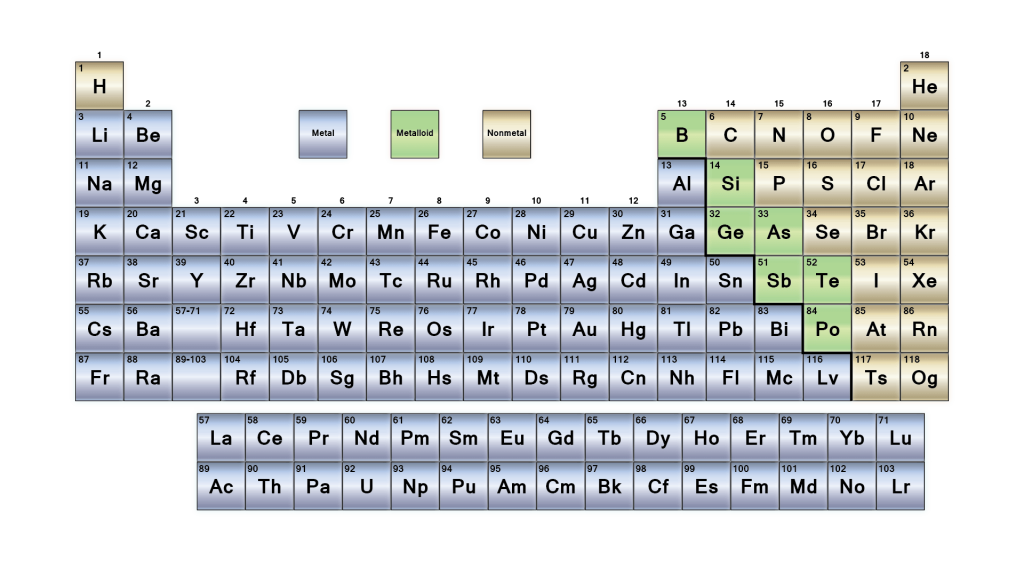

Metal, derived from the Greek word 'metallon' meaning "mine, quarry, ore, metal" is an element that readily forms positive ions and has metallic bonds. Currently, there are 86 known metals, 24 of which were discovered before the 19th century. Metals account for about two-thirds of all elements and about 24% of the mass of the planet. Because of their properties, such as strength, ductility, high melting point, thermal and electrical conductivity, and toughness, metals have become the most widely used material in the world.


A modern definition of metals is that they have overlapping conduction bands and valence bands in their electronic structure. This definition opens up the category for metallic polymers and other organic materials, which have been made by researchers and employed in high tech devices. These synthetic materials often have the characteristic silvery-grey reflectiveness of elemental metals.
Some examples are golf, jewelry, copper wire, steel and steel alloys used in construction or automotive structure, and aluminum products.